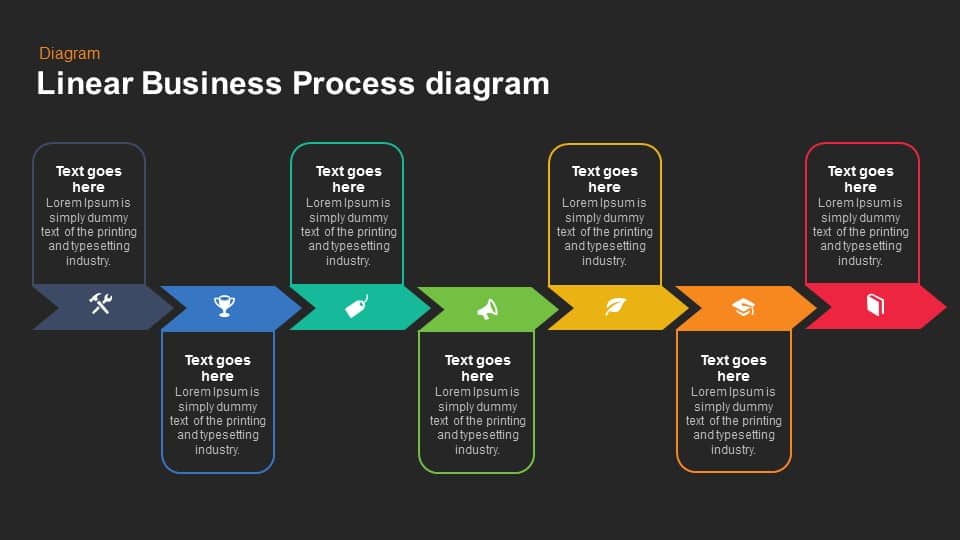
Activity GranularityĪctivities should be similar in scope at each level, and definition in a process model should stop at the task granularity of that particular level. Each activity should be able to summarize “work performed” as a goal with an outcome. Generally accepted practice is to comprehend and communicate each level in 5 minutes or less. On the other hand, if the purpose is to model a process for developing a BPM system, and needs to be handed off to the technical team, then one would capture significantly more detail in order to illustrate requirements, user stories, SLAs, and more. If this model will be presented to executive sponsors, it may make sense to make it even more abstract. If the purpose is to capture a process at a high level, it is expected that the documentation will be brief including milestones, activities, gateways, some inputs/outputs, and short descriptions. The amount of documentation put into the process model should be adequate with the purpose and audience of the process model.

But one should definitely strive to follow this in the To-Be process and optimize where needed. This may not always be possible to follow in the as-Is diagram if the current state process has not been optimized. Left to Right, Top to BottomĬreate readable process models, try as far as possible to have the Start node in the top left corner of the diagram and the End node in the bottom right corner of the diagram. Moreover, models satisfying this requirement are easier to understand and allow for different kinds of analysis. Most workflow engines also require a single start and end event. Multiple start or end events can lead to errors in the model. Use one start and one end event, as far as possible. Include extraneous information in Documentation or Comments tab. Use standard BPMN elements that focus on the control flow in the model and avoid custom and non-standard notations. Guidelines to build a BPD from scratch and for improving existing process models: BPMN 2.0 notation


Best practices should be followed while modeling a business process. A well-structured process model will pave the way for the rest of the process life cycle.

A process model should be in place in order to gain the maximum benefit and to improve efficiency as part of business process design.


 0 kommentar(er)
0 kommentar(er)
